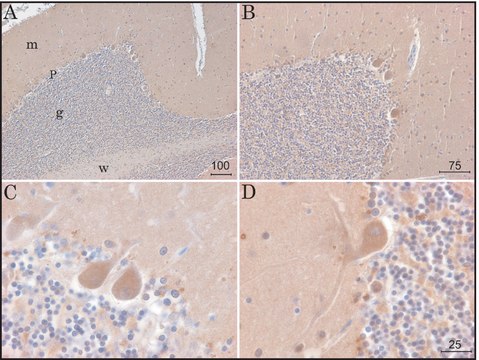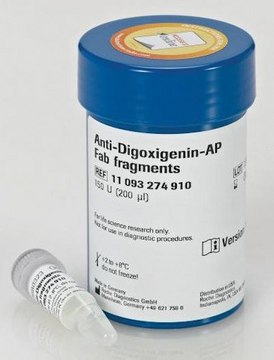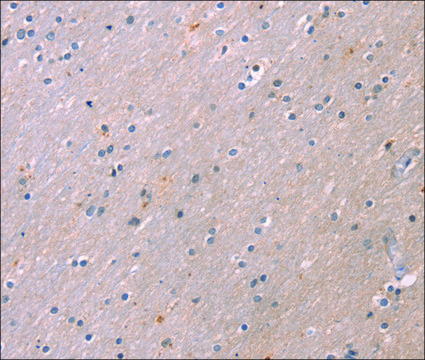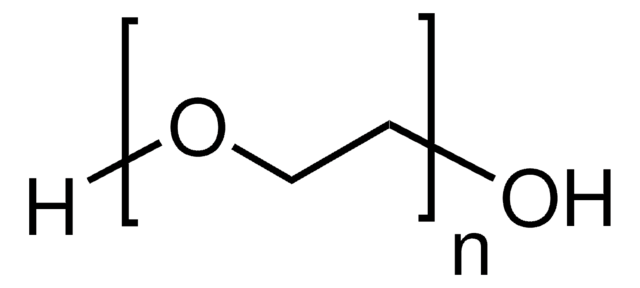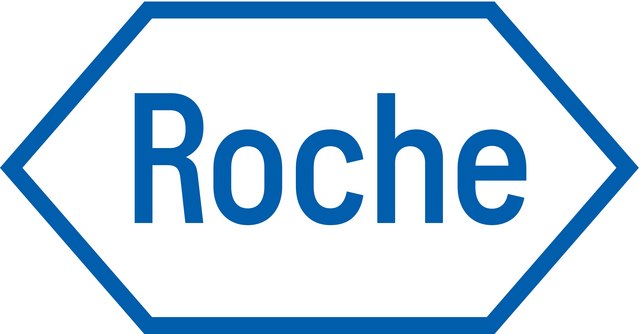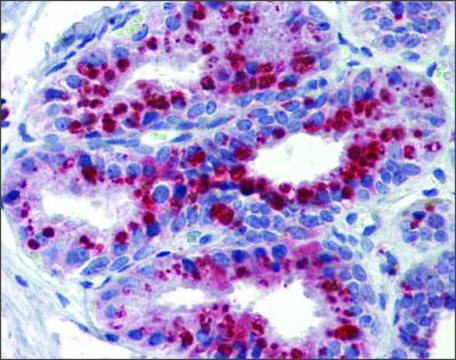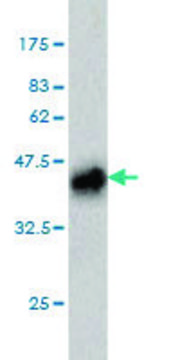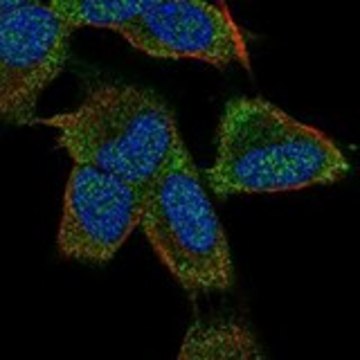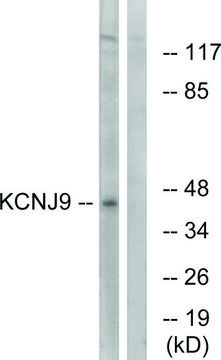T7539
Tumor Necrosis Factor-α from mouse
≥95%, recombinant, expressed in E. coli, powder, suitable for cell culture
Synonyme(s) :
mTNF-α, TNF-α
About This Item
Produits recommandés
Product Name
Tumor Necrosis Factor-α from mouse, TNF-α, recombinant, expressed in E. coli, powder, suitable for cell culture
Source biologique
mouse
Niveau de qualité
Produit recombinant
expressed in E. coli
Essai
≥95%
Forme
powder
Puissance
0.01-0.5 ng/mL EC50
Poids mol.
17 kDa
Conditionnement
pkg of 10 μg
pkg of 50 μg
Conditions de stockage
avoid repeated freeze/thaw cycles
Catégories apparentées
1 of 4
Cet article | SAB2101225 | HPA070478 | SAB4501634 |
|---|---|---|---|
| biological source rabbit | biological source rabbit | biological source rabbit | biological source rabbit |
| clone polyclonal | clone polyclonal | clone polyclonal | clone polyclonal |
| conjugate unconjugated | conjugate unconjugated | conjugate unconjugated | conjugate unconjugated |
| species reactivity human | species reactivity bovine, horse, rabbit, human | species reactivity human | species reactivity rat, mouse, human |
| antibody form affinity isolated antibody | antibody form affinity isolated antibody | antibody form affinity isolated antibody | antibody form affinity isolated antibody |
| shipped in wet ice | shipped in wet ice | shipped in wet ice | shipped in wet ice |
Application
Actions biochimiques/physiologiques
Définition de l'unité
Forme physique
Mention d'avertissement
Warning
Mentions de danger
Conseils de prudence
Classification des risques
Eye Irrit. 2 - Skin Irrit. 2
Code de la classe de stockage
11 - Combustible Solids
Classe de danger pour l'eau (WGK)
WGK 3
Point d'éclair (°F)
Not applicable
Point d'éclair (°C)
Not applicable
Équipement de protection individuelle
Eyeshields, Gloves, type N95 (US)
Faites votre choix parmi les versions les plus récentes :
Déjà en possession de ce produit ?
Retrouvez la documentation relative aux produits que vous avez récemment achetés dans la Bibliothèque de documents.
Notre équipe de scientifiques dispose d'une expérience dans tous les secteurs de la recherche, notamment en sciences de la vie, science des matériaux, synthèse chimique, chromatographie, analyse et dans de nombreux autres domaines..
Contacter notre Service technique
